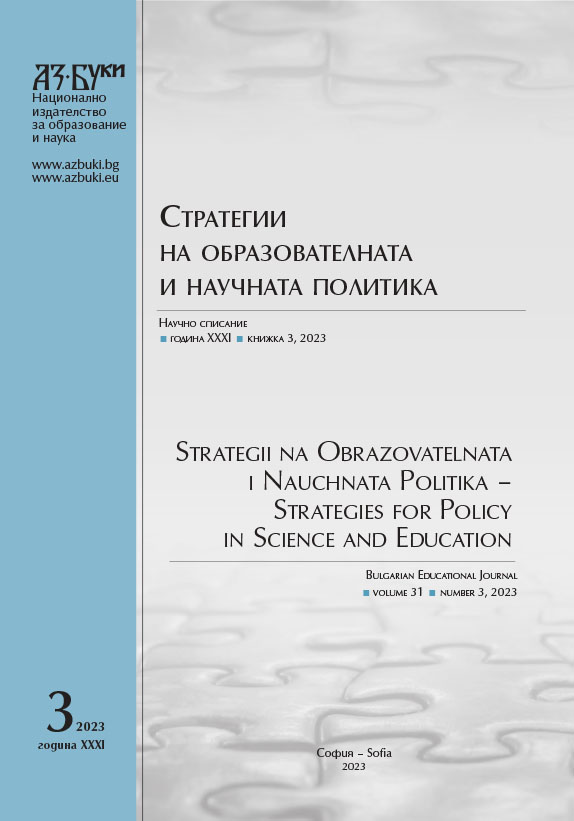Truth, Fake and Authenticity in the Age of Digital Journalism – a Model of Visual and Media Literacy Pedagogy
Truth, Fake and Authenticity in the Age of Digital Journalism – a Model of Visual and Media Literacy Pedagogy
Author(s): Yotka Pancheva, Vesselina ValkanovaSubject(s): Social Sciences, Education, Media studies, Communication studies, Sociology, Theory of Communication, Higher Education , History of Education, Educational Psychology, Sociology of the arts, business, education, Globalization, Pedagogy
Published by: Национално издателство за образование и наука „Аз-буки“
Keywords: media literacy; visual communication; pedagogy; journalism; critical thinking; digital literacy
Summary/Abstract: This paper presents a pedagogical model for academic journalism and mass communication education that is based on visual and media literacy. The work contributes to the discussion of post-truth issues that continue to challenge traditional ways of teaching journalism, media literacy and visual communication in the digital age. The learning model theoretically deconstructs visual information disorder, from new forms of visual text to an examination of economic, ideological and power relations in journalistic products. Its aspect is based on projects for the practical improvement of visual, media and communication skills. The ultimate goal of this pedagogy is to develop students’ knowledge and skills so that, for each news story, they are interested in questions relating to the accuracy of sources, patterns of visual communication and ways of conveying meaning.
Journal: Стратегии на образователната и научната политика
- Issue Year: 31/2023
- Issue No: 3
- Page Range: 281-289
- Page Count: 9
- Language: English
- Content File-PDF

